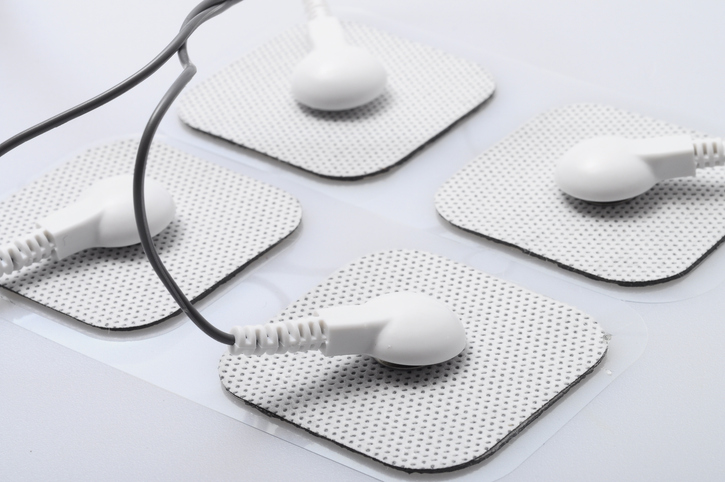Metallic Wire Grids as Transparent Electrode Fabricated by Roll to Roll Process
TECHNOLOGY NUMBER: 5223

OVERVIEW
Transparent electrodes using metallic nanostructures for flexible, scalable display, photovoltaic, and optical devices
- Offers highly transparent, and flexible conducting film, overcoming limitations of ITO
- Applications in touchscreens, photovoltaics, lighting, and optical coatings
BACKGROUND
Indium tin oxide (ITO) is widely used in the display industry, as well as in photovoltaics and various optical and conductive coatings, due to its excellent optical transparency and electrical conductivity. However, ITO has major drawbacks: it is expensive, brittle, and requires high-temperature processing unsuitable for flexible substrates. As flexible and large-area applications like organic photovoltaics (OPVs) and flexible displays gain traction, ITO's limitations in mechanical flexibility and performance degradation under bending become critical issues. When flexible substrates are bent, the conductivity of ITO-coated surfaces declines sharply, causing device failures. Additionally, the high cost of indium, driven by supply constraints and rising demand, further motivates the search for alternative materials. An improved, cost-effective, and flexible transparent conductive material is needed to overcome these barriers in next-generation devices.
INNOVATION
Researchers at the University of Michigan have developed a manufacturing technology for transparent and conductive electrodes using metallic nanostructures, addressing the limitations of ITO. This innovation employs a roll-to-roll contact photolithography process combined with metal sputtering, plasma etching or wet etching, and an advanced phase masking technique. The resulting transparent metal electrodes feature periodic nanoscale metal wire grids, offering high optical transparency and good electrical conductivity, which can be finely tuned by adjusting the grid dimensions. These electrodes also exhibit superior mechanical flexibility and durability compared to ITO. Applications range from touchscreens and flexible displays to photovoltaics and optical devices. Results demonstrate transparency exceeding 80% and adjustable sheet resistance, making these electrodes suitable for diverse applications. The fabrication process is also scalable using roll-to-roll manufacturing, ensuring cost-effectiveness for large-area deployment.
ADDITIONAL INFORMATION
US9720330 "Methods for making micro- and nano-scale conductive grids for transparent electrodes and polarizers by roll to roll optical lithography"